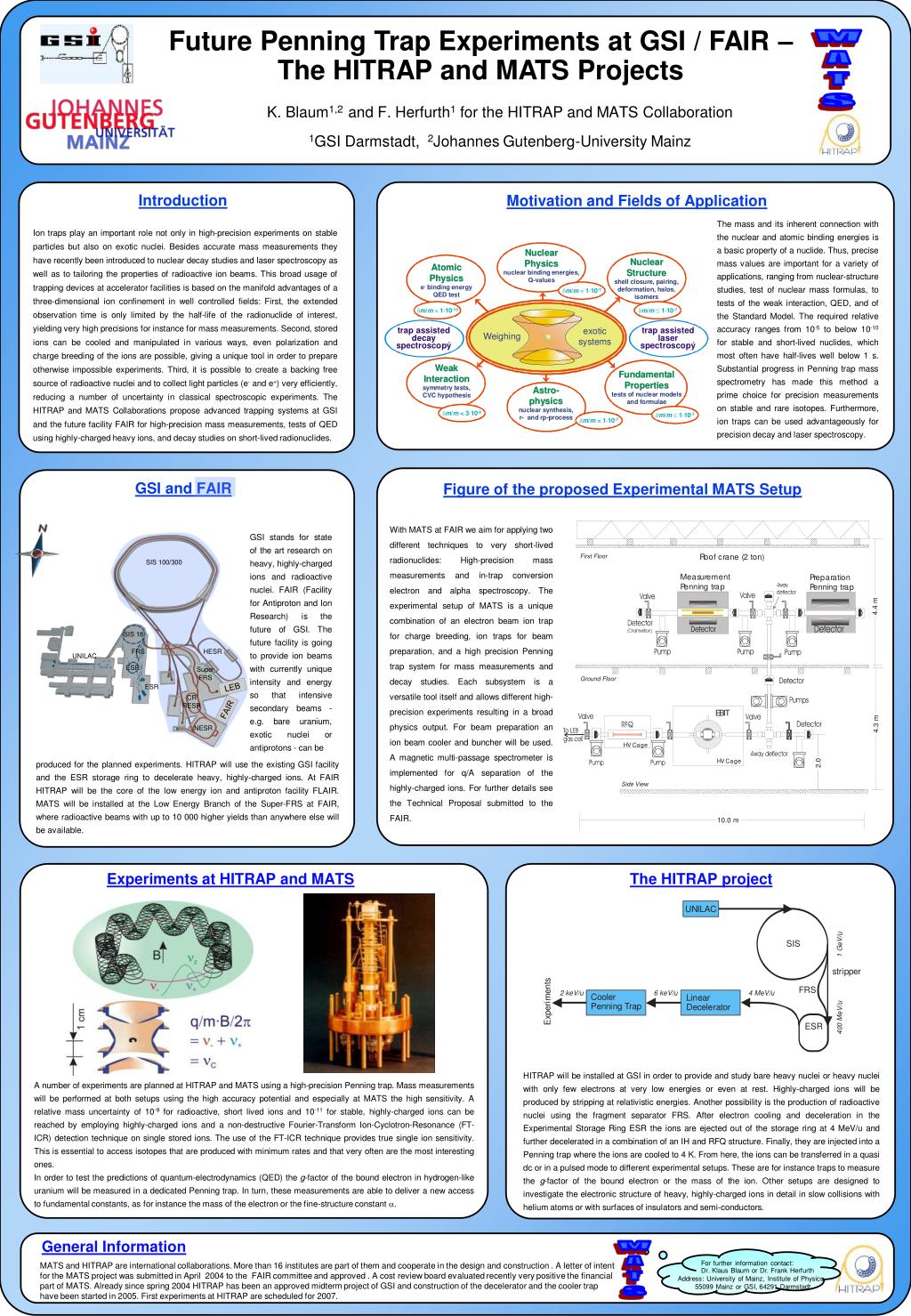

To explore this possibility, a series of different CEX resins were analyzed to determine the effects of their individual characteristics on on-column aggregate formation. However, the degree of on-column aggregate formation may be resin- and mAb-specific. Both conformational changes and mAb self-association lead to on-column aggregates. 2012) or to reversible self-association of the mAbs at high salt and protein concentrations during the elution step ( Luo et al.


However, multiple recent studies have reported two-peak behavior during mAb elution from CEX resins, due either to conformational changes in the protein during the binding step ( Gillespie et al. Cation exchange (CEX) purification platforms offer mild processing conditions, which have been thought to induce neither conformational changes nor unfolding during protein binding ( Staby et al. 2011).īecause many current-day mAbs have a relatively high pI, cation exchangers are often chosen for removal of aggregates, charge variants, and other impurities in the purification workflow ( Shukla et al. Their presence can lead to different bioactivity and potency profiles, storage stability, and pharmacodynamic and pharmacokinetic properties relative to the monomeric versions ( Lang et al. Aggregates are highly undesirable in final purified products, especially in therapeutic mAbs. IntroductionĪggregate formation can happen due to a variety of reasons, such as self-association of monomers or protein nucleation ( Lebendiker and Danieli 2014). Comparison of elution profiles on POROS XS and Nuvia HR-S.


 0 kommentar(er)
0 kommentar(er)
